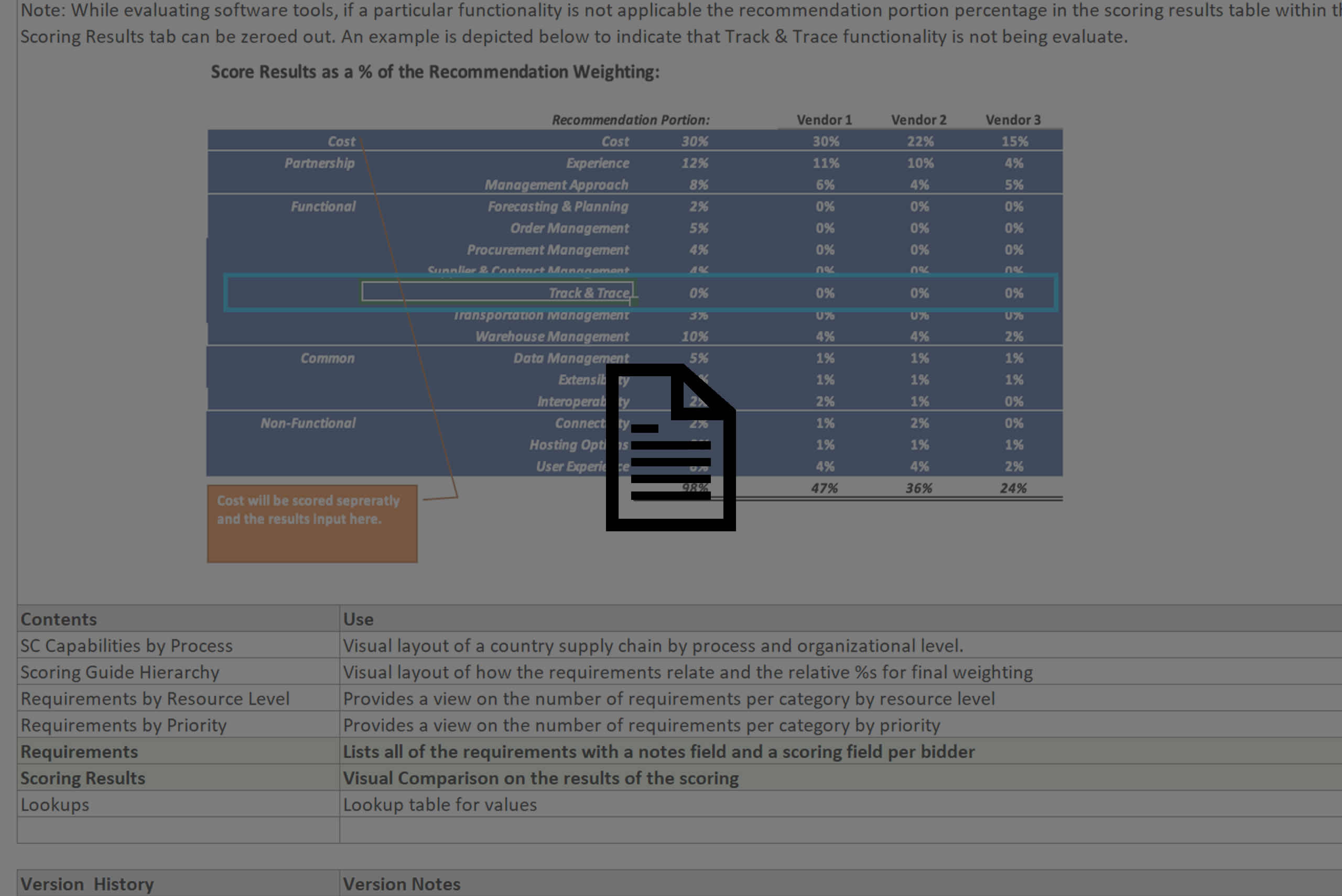Drones: a cost-effective solution to boost Nepal’s immunisation efforts in hard-to-reach areas
UNICEF and Massachusetts Institute of Technology put their heads together to increase immunisation coverage in the country
©UNICEF/UN0265425/Chute
UNICEF and Massachusetts Institute of Technology (MIT) Center for Transportation and Logistics (CTL) have come together to define where and how uncrewed aircraft systems (UAS) – or drones – could help the Nepalese government in delivering vaccines to remote communities.
People living in remote mountainous and rural areas, inefficiencies in distribution and poor or sometimes non-existent infrastructure are perpetual barriers to vaccine accessibility. In 2016, only 18 of Nepal’s 77 districts were fully immunised according to Nepal’s National Immunization Program, Comprehensive Multi-Year Plan.
With the advent of drone technologies, governments can leapfrog infrastructural and geographical barriers to ensure that the most remote and often underserved populations enjoy equitable access to vaccines and medicines.
Where could drones be deployed in Nepal?
During the MIT 2020-21 academic year, UNICEF’s Supply Division and Nepal country office worked with graduate students to analyse how vaccines are being distributed in the ‘last mile’ – or final stage before reaching communities – in Nepal.
Following the identification of drone applicability factors, such as geography, supply chain networks, cold-chain availability and coverage, and demand and road network quality, the the study identified six Nepalese districts where drones could most improve vaccine availability. Mountainous areas in the north of the country, such as the districts in Karnali Province, were found to have the greatest potential of benefiting from the use of drones.
Greater vaccine availability and cost savings
The UNICEF and MIT teams subsequently modelled the benefits and costs of drone implementation in two districts and have produced a series of recommendations. To reach 100 percent vaccine availability, the study identified potential locations for drone delivery hubs, recommended the most optimal drone system (electric propulsion with a range of 200 km and a payload of 11 kg) and determined the potential vaccine transportation cost savings, which amounted to approximately USD 0.10 – 0.12 per dose compared with the baseline.
Crucially, the analysis showed that overall cost savings are only achievable when the capital costs, such as equipment procurement and other drone delivery start-up and infrastructure costs, are subsidised. Alternatively, cost savings can be attained if the drone delivery system is outsourced to a service provider at a price not exceeding USD 0.10 per dose.
Ryan McWhorter, Manager of the Design and Practice Unit within UNICEF’s Supply Chain Strengthening Centre, noted that “the economic analysis makes an intriguing investment case and proposes a long-term and sustainable path forward for the integration of drone operations into health supply chains.”
The Nepalese Ministry of Health and Population and their implementing partners have been incorporating the research findings into their next phase of programming and are seeking partnerships with development agencies and donor organisations to support the inception of drone delivery in the country.
A student-expert partnership to reach the last mile
The research has already been presented as best practice of collaboration to the members of the Interagency Supply Chain Group (ISG) UAS coordinating body – which convenes international health supply chain donors – and at the MIT Global Supply Chain and Logistics Excellence (SCALE) Network Research Expo.
According to Tim Russell, a researcher at MIT, such collaborations on real-world problems sharpen student’s research, knowledge-sharing and communication skills that equip students for success in their next professional role. An additional benefit of collaboration with international organisations is inspiration to pursue work in the field upon graduation – more motivated people solving difficult problems.
Read the final project report: Potential Benefits of Drones for Vaccine Last-Mile Delivery in Nepal.
Read the article Humanitarian Supply Chain: Vaccine Delivery Drones for Children in Need in the Supply Chain Management Review Magazine.
This article was first published here.


